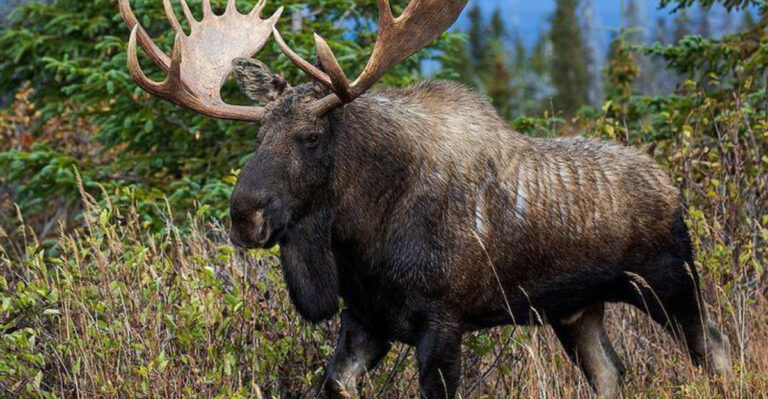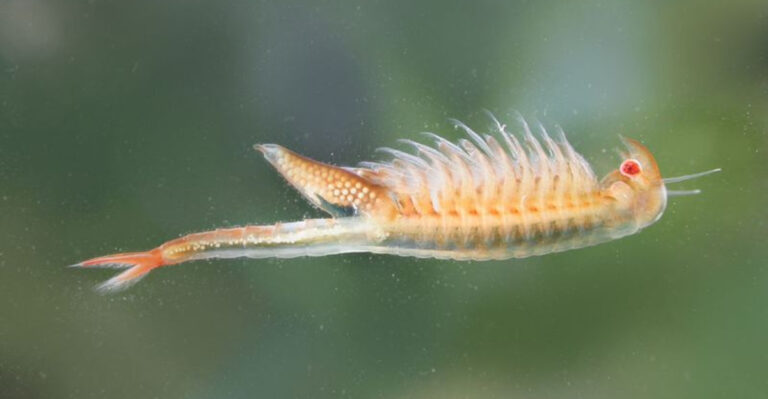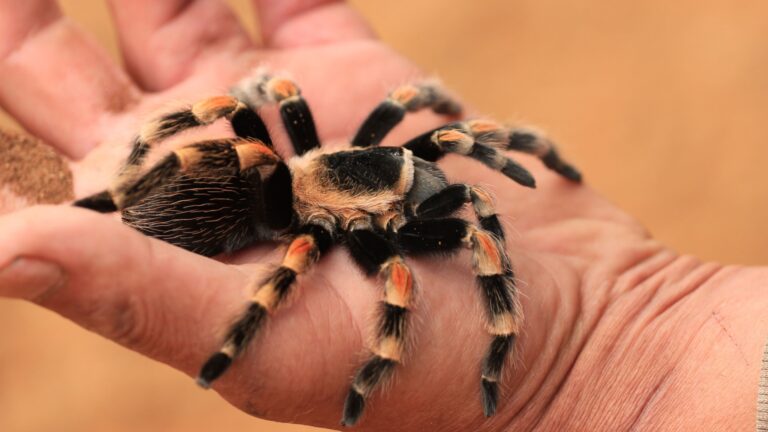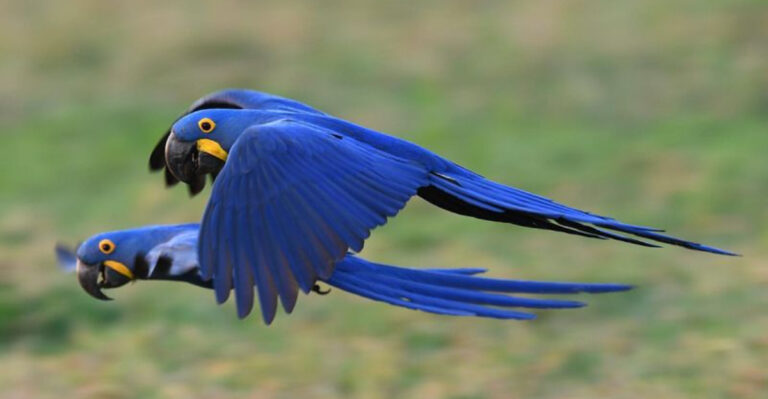15 Fascinating Facts About Humans, Apes, Monkeys, And Their Relatives
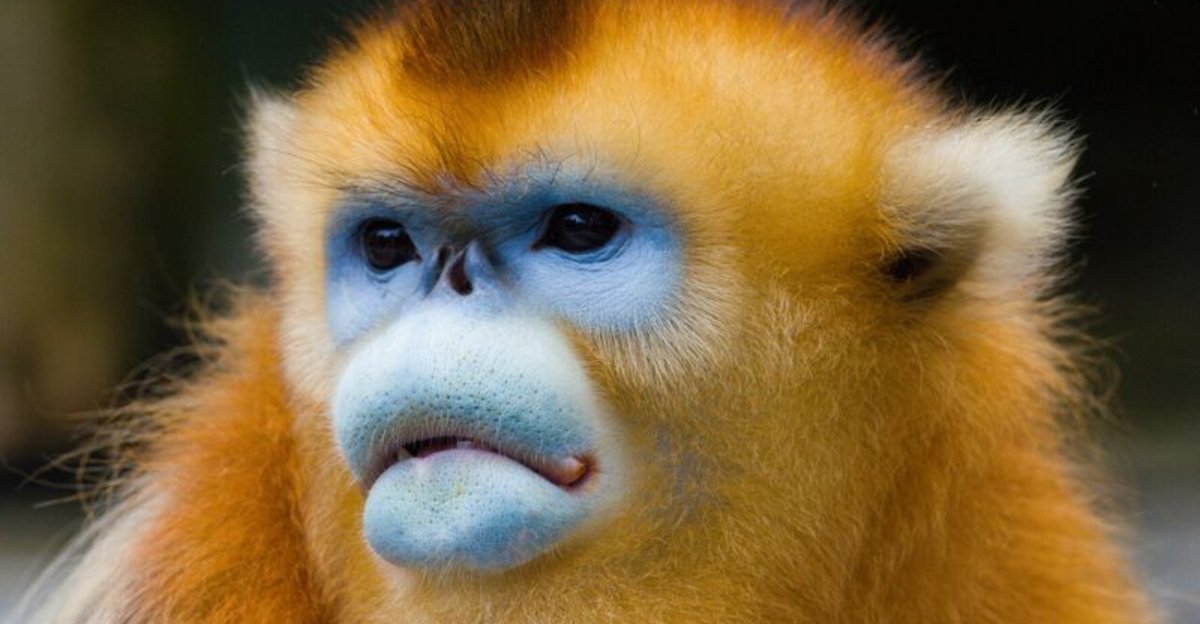
The primate family tree includes some of the most intelligent creatures on our planet. From tiny lemurs to massive gorillas to us humans, primates share remarkable traits that set them apart from other mammals.
Our shared evolutionary history has given us similar bodies, brains, and behaviors that help us understand our own place in the natural world.
1. Humans Are Primates Too
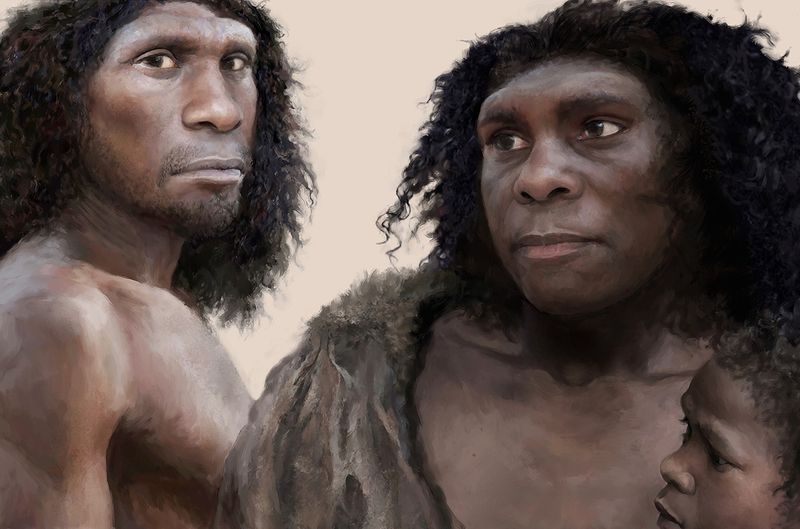
Surprised? Many people forget that humans belong to the same biological group as monkeys and apes. We’re classified as hominids, sharing this family with orangutans, gorillas, and our closest relatives—chimpanzees and bonobos.
Our DNA proves this relationship, with humans and chimps sharing about 98.8% of genetic material. This close connection helps scientists understand human evolution and biology through studying our primate cousins.
2. Brain Power Champions
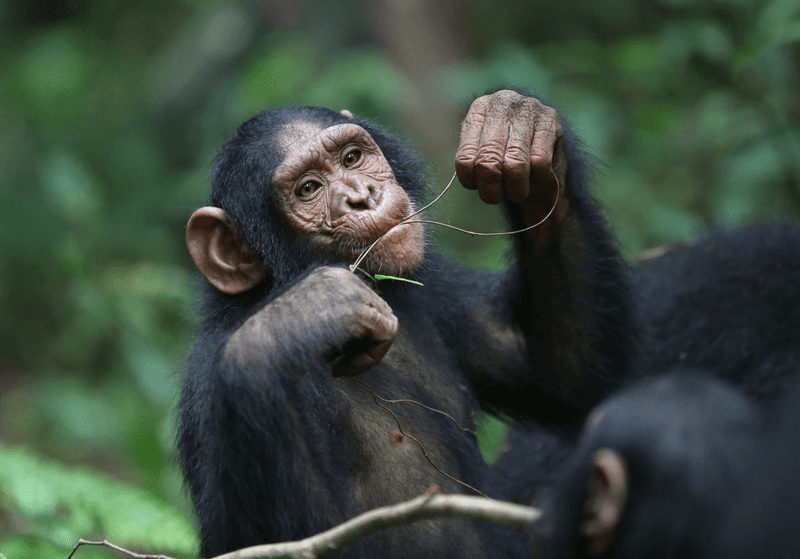
Primate brains pack an impressive punch for their size. The neocortex—the wrinkly outer layer responsible for complex thinking—is proportionally larger in primates than in other mammals.
This brain development allows for remarkable problem-solving abilities. A gorilla can figure out how to use sticks as tools, while capuchin monkeys crack nuts with stones. Some primates even recognize themselves in mirrors, showing self-awareness few other animals possess.
3. Community Living Specialists
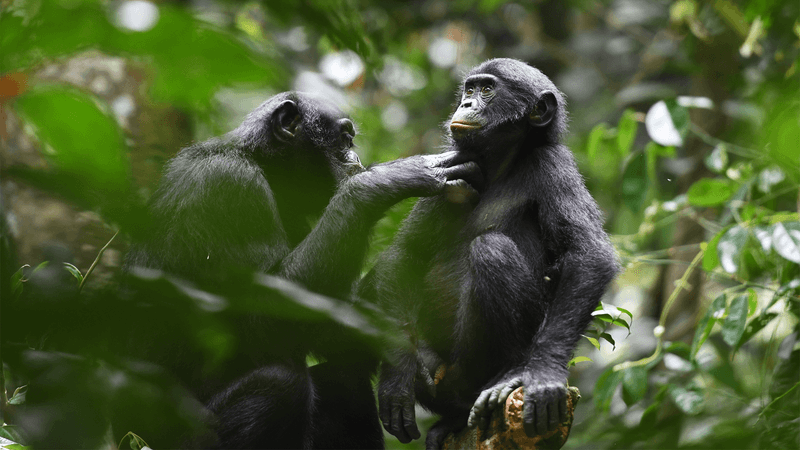
Primates rarely go solo in the wild. From tiny marmosets to massive gorillas, most live in complex social groups with intricate relationships. These communities provide protection, food-finding help, and childcare support.
Gelada baboons form massive groups of up to 800 individuals! Meanwhile, orangutans prefer semi-solitary lives, with mothers and offspring forming the main social bonds. This diversity of social structures helps primates adapt to different environments and challenges.
4. Grabbing Life With Both Hands
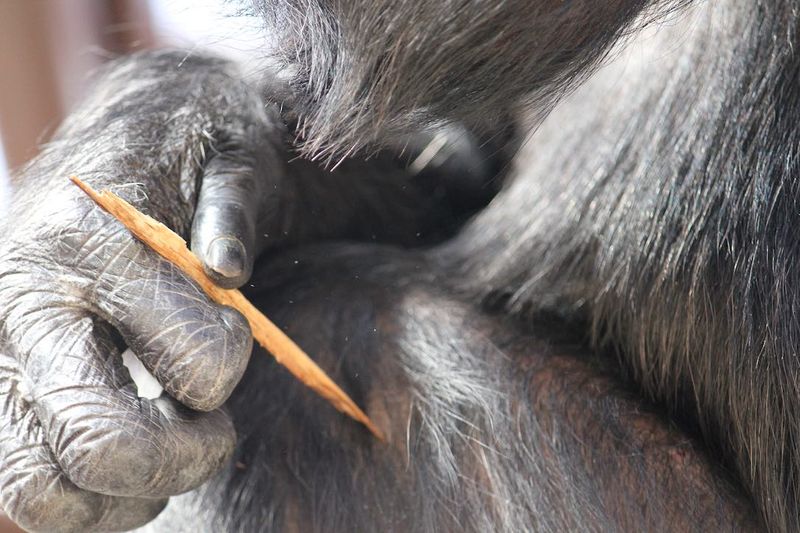
The opposable thumb might seem ordinary to us, but it’s a biological superpower. This special digit can touch the tips of other fingers, creating a precision grip that revolutionized what primates could accomplish.
This dexterity allows chimpanzees to fish for termites with sticks and capuchin monkeys to crack nuts with stones. For humans, it enabled tool creation that transformed our species from tree-dwellers to world-changers.
5. Tails Tell The Tale
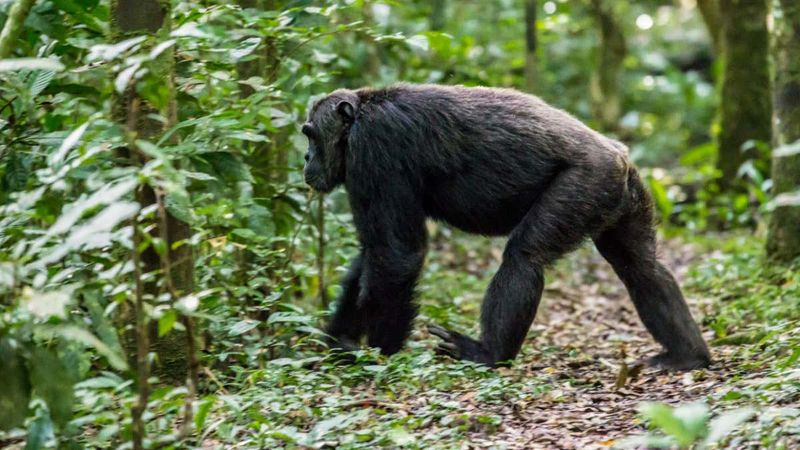
One simple feature separates monkeys from apes: the tail! Monkeys swing through trees with their helpful tails, while apes (including humans) evolved without them.
Spider monkeys take tail usage to another level with prehensile tails that work like a fifth limb—grabbing branches and even holding food. Meanwhile, macaques and baboons use their tails for balance and communication, raising them as warning signals to troop members.
6. Color Vision Superpowers
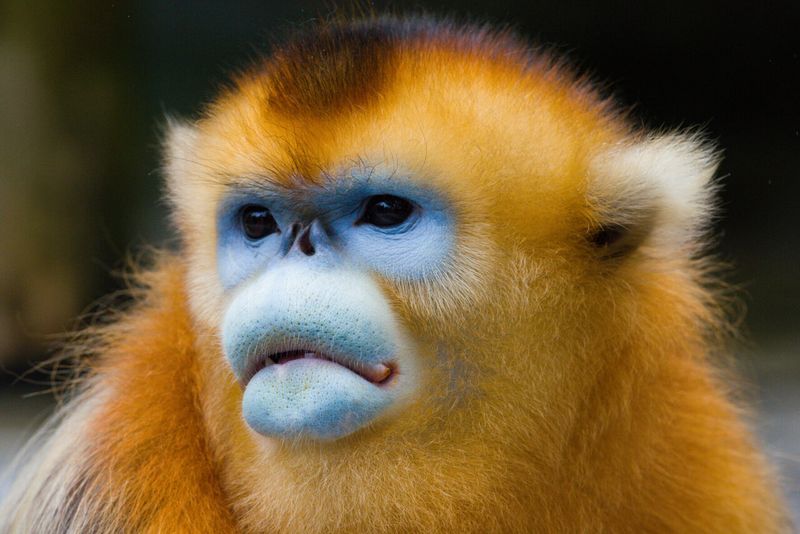
Most mammals see the world in limited colors, but primates evolved spectacular color vision. This adaptation helped our ancestors spot ripe fruits and nutritious leaves among the green forest canopy.
Interestingly, not all primates see colors equally. Some nocturnal species like owl monkeys have monochromatic vision suited for nighttime. Meanwhile, most Old World monkeys, apes, and humans enjoy trichromatic vision, distinguishing millions of color variations.
7. Chatty By Nature
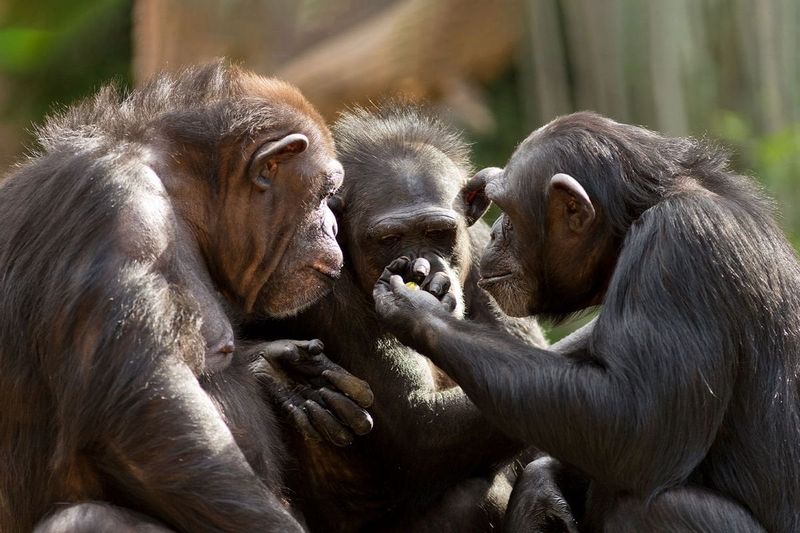
Primates are natural communicators using an impressive repertoire of sounds, gestures, facial expressions, and body language. Gibbons sing complex duets that echo through forests, while chimpanzees use over 30 distinct vocalizations.
Beyond natural communication, some great apes have mastered human sign language. Koko the gorilla famously learned over 1,000 signs and understood thousands of spoken English words, challenging our understanding of animal language capabilities.
8. Natural-Born Inventors
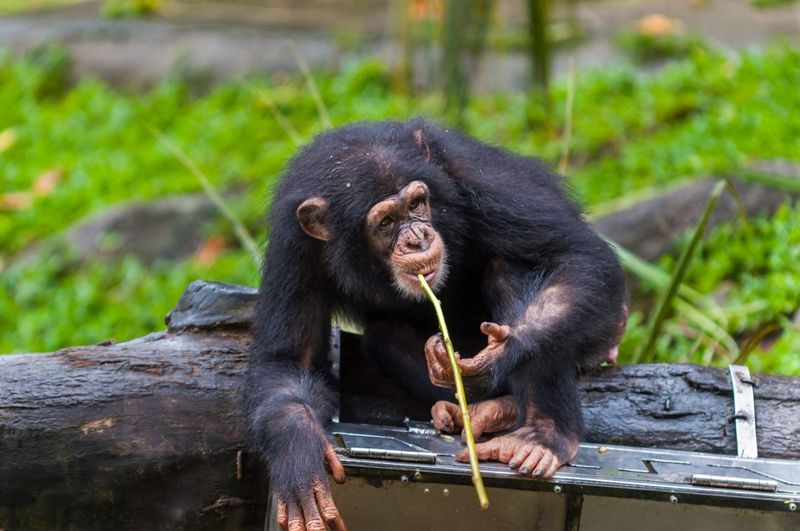
Long before humans built skyscrapers, our primate relatives were crafting and using tools in the wild. Chimpanzees fashion fishing sticks to extract termites from mounds and use stone hammers to crack nuts.
Orangutans create leaf umbrellas during rainstorms and fashion stick tools to extract seeds from fruits. Even capuchin monkeys select perfectly sized stones to crack open nuts. This ingenuity demonstrates problem-solving abilities that set primates apart in the animal kingdom.
9. Marathon Lifespans
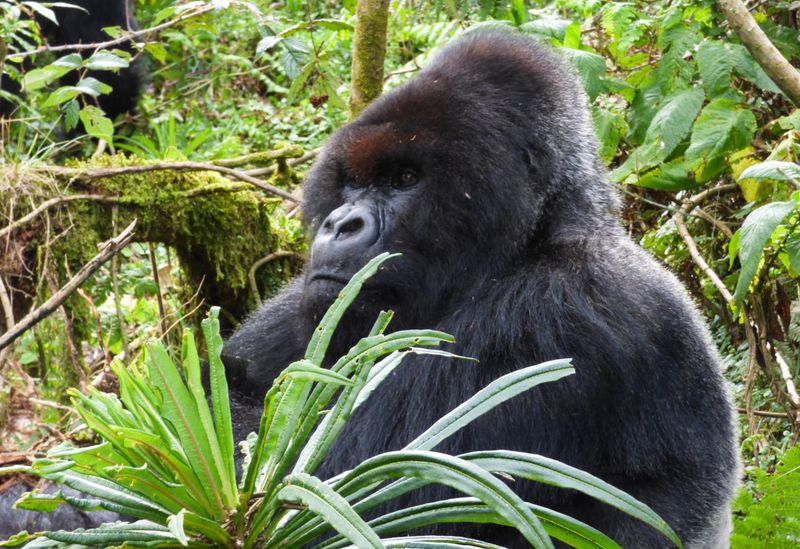
Primates are the marathon runners of the mammal world when it comes to longevity. While a mouse might live just 2-3 years, many monkeys survive 20-30 years in the wild.
Great apes push these boundaries even further. Chimpanzees regularly reach 40-50 years in natural settings, while gorillas can live similar spans. Human lifespans extend even longer, with many people living well into their 80s and beyond—a remarkable testament to primate biology.
10. Parenting Prodigies

Primate parents—especially mothers—are among nature’s most devoted caregivers. Unlike many mammals whose young quickly become independent, primate infants require extended periods of nurturing and learning.
Orangutan mothers invest up to 8 years raising a single offspring, teaching complex survival skills. Chimpanzee youngsters stay with their mothers for 7-10 years. Human children depend on parental care longer than any other species, reflecting our complex social learning needs.
11. Unique Fingerprint Patterns

Those swirling patterns on your fingertips aren’t just a human feature—many other primates have them too! Chimpanzees, gorillas, and even some monkeys have unique fingerprints that could theoretically identify individuals, just like human prints.
These distinctive patterns evolved to improve grip on branches and tools. The tiny ridges create friction and allow for better handling of objects. They also increase sensitivity, helping primates detect subtle textures when exploring their environment.
12. Gourmet Jungle Diners
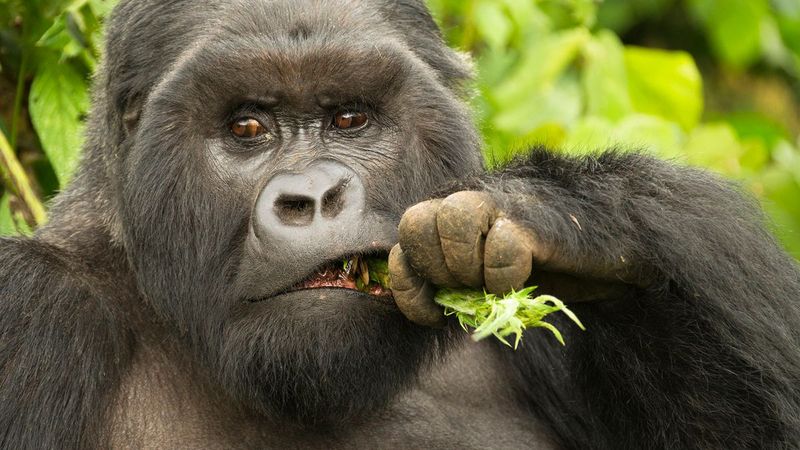
Primates are nature’s ultimate foodies, with diets spanning fruits, leaves, insects, and occasionally meat. This dietary flexibility helped them thrive in diverse environments worldwide.
Gorillas munch through 40+ pounds of vegetation daily, while chimpanzees supplement plant foods with occasional hunting. Tiny tarsiers break the mold as strictly carnivorous primates, feasting exclusively on insects, lizards, and small birds. Humans push dietary boundaries furthest with globally diverse culinary traditions.
13. Cultural Traditions Exist
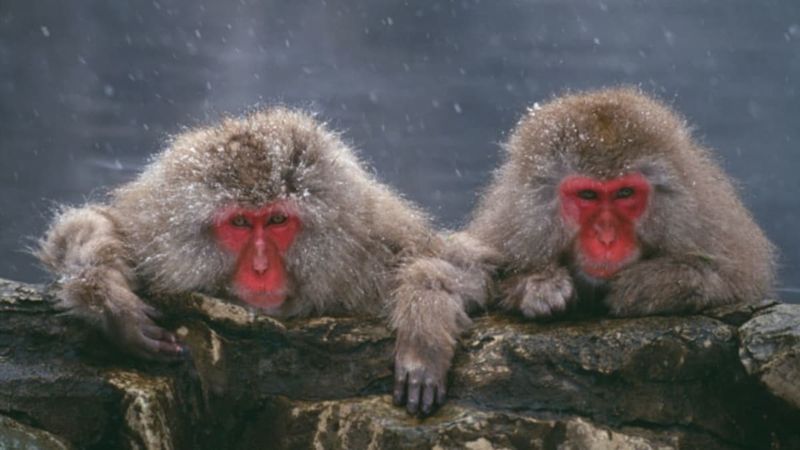
Primate culture isn’t just a human phenomenon. Different chimpanzee communities develop unique traditions passed down through generations, just like human cultural practices.
Japanese macaques famously wash sweet potatoes before eating—a behavior that spread when one innovative female discovered it. Some chimpanzee groups crack nuts with stones while others don’t, despite having the same resources available. These traditions demonstrate social learning and knowledge transmission without genetic changes.
14. Conservation Crisis Unfolding
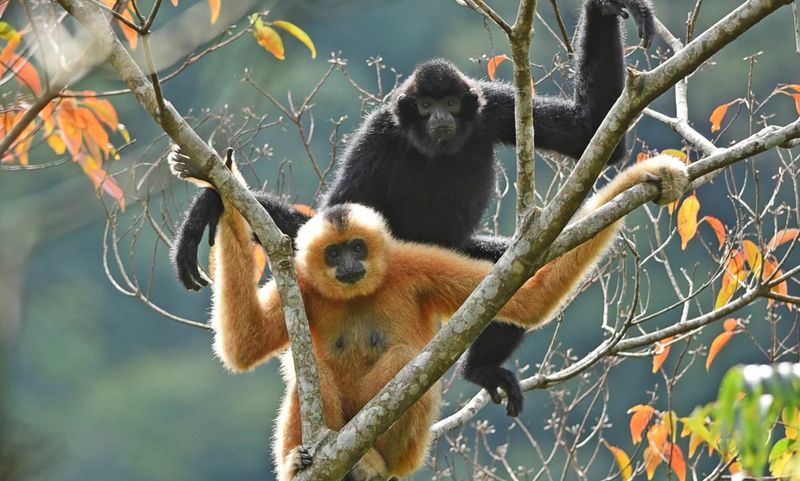
Nearly 60% of primate species face extinction threats, making them among the most endangered mammal groups. Habitat destruction from farming and logging remains the primary threat, with hunting and illegal pet trade adding further pressure.
Mountain gorillas number fewer than 1,000 individuals. The Hainan gibbon is down to just 30 animals. Conservation efforts include protected reserves, anti-poaching patrols, and breeding programs, but time is running short for many species without expanded protection.
15. Problem-Solving Geniuses
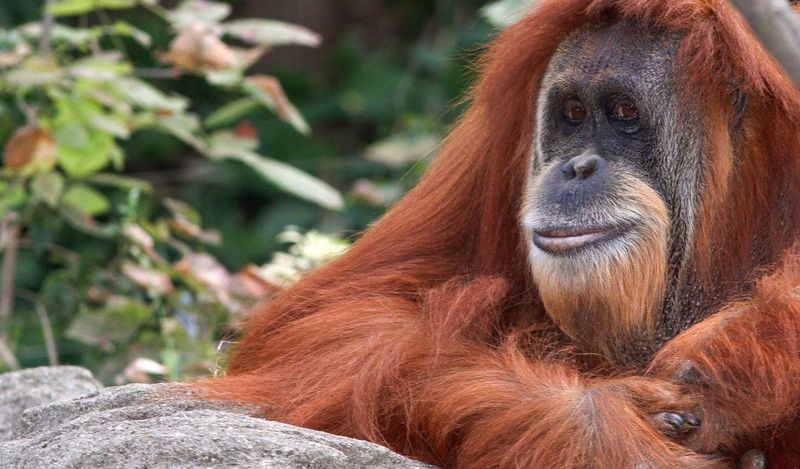
The mental gymnastics primates perform daily would impress any human observer. When researchers presented capuchin monkeys with a floating treat in a narrow tube, the monkeys quickly figured out how to add stones to raise the water level.
Orangutans can solve complex puzzles requiring multi-step planning. Bonobos demonstrate remarkable cooperation by working together to obtain food neither could reach alone. These cognitive abilities highlight the impressive brainpower that evolved in the primate family tree.

